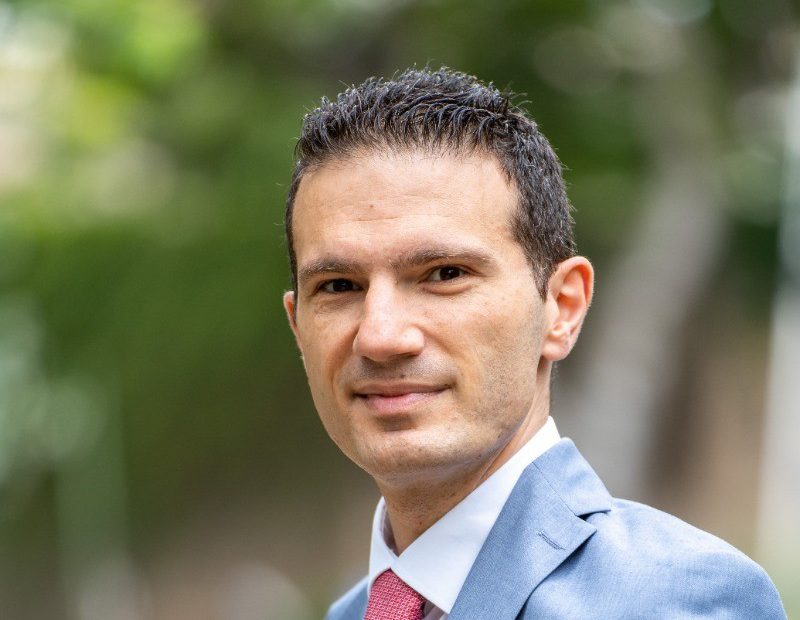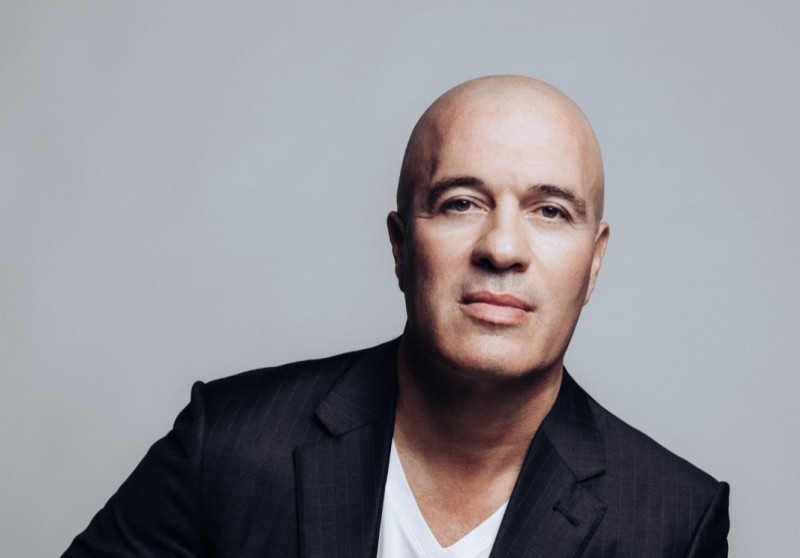Jonathan Spiteri, a transformation strategy expert, on Tuesday highlighted that achieving business agility should not be a “one-time endeavour” for businesses, but a “continuous journey” that requires the effort of all members of an organisation.
He posted on his personal blog jonspiteri.com, where he shared that due to rapid technological advancements, together with evolving customer demands and unexpected market disruptions, “achieving business agility becomes paramount for businesses to survive”.
Mr Spiteri has various years of experience in project management and large-scale transformation initiatives. For the last four months, he has worked as Head of Digital Presence at Bank of Valletta plc (BOV), having previously worked as Head of Strategy and Transformation at the bank for more than five years.
He noted that even though business agility has become vital for businesses, certain organisations still find it difficult to “make that quantum leap” and to adopt an “agile mindset”.
He explained that “successful organisations seldom being large”, as there are many successful entrepreneurs who started operating from a “modest garage” and are now multinational organisation leaders with large workforces.
When they are first starting out, such organisations operate on a small scale, with their main objective being to “serve their customers to the fullest while seizing as many new business opportunities as possible”. As a result, internal roles and reporting relationships are “fluid”, with the business focusing on “rapid and efficient collaboration” in order to deliver values as quickly as possible within a short space of time.
However, once organisations start to grow, they being looking at ways of achieving economies of scale to reduce their overall costs.
“As a result, businesses start introducing functional areas along with rigid policies, processes, and procedures. Eventually, organisations manage to attain economies of scale at the expense of the entrepreneurial network that thrived during their early, small stages of operation,” Mr Spiteri stressed.
The first “casualty” from this tends to be the customer.
Companies stop listening to the customers’ needs as they become more focused on “maintaining economies of scale” by sticking to its current products and services to “sustain momentum”. Hence, the organisation ends up being less agile in responding to customers’ needs, disruptive market changes, and technological advancements, thus “putting the organisation’s survival at risk”.
Despite this, Mr Spiteri said that the new hierarchy should not be abandoned as it serves a “vital purpose”.
“The people within the new hierarchy have expertise that the business now relies on to serve its customers, which it might not have needed when the organisation was still in its infancy,” he commented. In the case of businesses which have entered a regulated market for example, new policies and procedures are “essential” to ensure regulatory compliance.
Therefore, businesses need to operate with “two different organisational structures”, one being hierarchical, while the other is more of a “network-like structure”. The former focuses on efficiency and stability, while the latter ensures “rapid responses to market changes and emerging opportunities”.
“It is crucial that both structures complement, rather than compete with each other,” Mr Spiteri continued. This can be done by organising the network-like structure through value streams.
However, more work is still needed, as organisations must develop competencies in several domains.
These include leadership and culture, as leaders must not only “embrace” the agile mindset, but also “champion it” within the organisation, inspiring others to follow suit. Another domain is that of self-organising teams, as organisations must support cross-functional teams that focus on continuous collaboration and trust. Lastly, there is the notion of lean thinking, as organisations need to explore ways to “optimise” their processes and resources to “reduce waste while enhancing overall efficiency”, Mr Spiteri said.
A dual operating system together with investment in the right competencies can help organisations to “respond quickly” to business opportunities and customer demands, he added.
“The quicker organisations can sense opportunities and deliver small, innovative products to the market, the more likely they are to gain a sustainable competitive advantage,” he stressed.
Mr Spiteri also affirmed that organisations should not “rest with being first in the market”, as they must “listen to customers’ feedback, learn from it, and adapt their products accordingly”. They can only survive in this “competitive-driven economy” by following this approach, he said.
“The road to business agility is far from a one-time endeavour. It is a continuous journey that demands collective effort, commitment, and resilience. Operating a dual system, each with distinct objectives, is not easy. It necessitates striking a delicate balance and adopting a strategic mindset,” Mr Spiteri concluded.
Featured Image:
Transformation strategy expert Jonathan Spiteri / LinkedIn
A CEO’s guide to resolving conflict with empathy and professionalism
Even the most harmonious work environments can be disrupted by conflict.
Summer plans, hidden gems and seasonal delights: How Malta’s CEOs are spending the season
The perfect summer doesn’t need to be extravagant; it just needs good company, food, and a breather.
Men still dominating Malta’s boardrooms
The gender imbalance across Malta’s corporate landscape remains striking.
Lara Falzon appointed CEO of Yolo Group’s B2B Brands
The experienced executive said the firm has 'enormous potential for innovation, strengthening partnerships and scaling across global markets'









